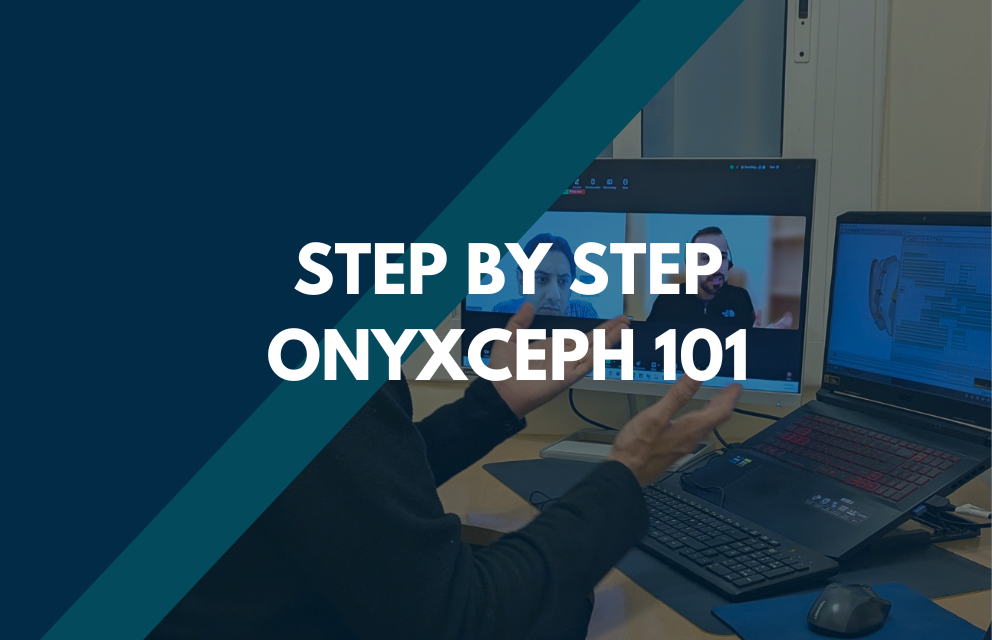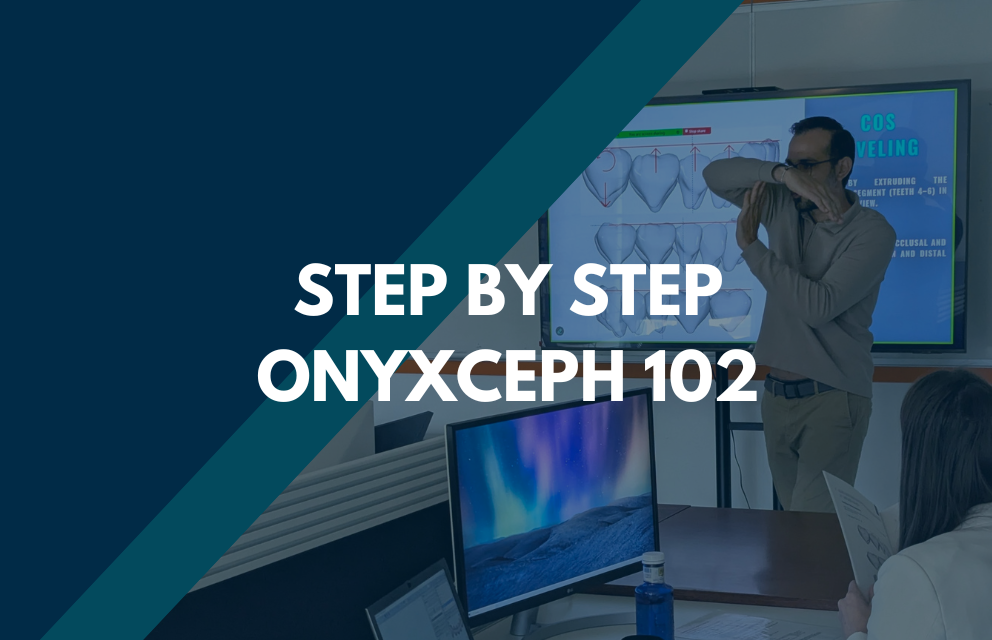Clinical Treatment Planning & Staging Protocols
Master macro and micro staging strategies, along with arch design, arch coordination, attachments, aligner limitations in complex cases, and the use of auxiliaries for advanced treatment planning.

About the Course
Are you having a hard time with your treatment planning? Unsure where to begin, which attachments to choose, or how to stage movements effectively? You’re not alone. This course introduces you to the systematic case planning approach created by Dr. Mora, giving you a clear framework to structure every step of your planning process.
You’ll discover how to build a systematic treatment planning sequence, combining planning and staging into one cohesive workflow. Learn advanced staging strategies, including macro and micro staging, hinge movements, round-tripping, and space management, while also mastering attachment selection and sequencing for complex cases.
This is not just another aligner course—it’s a strategic blend of treatment planning and staging, rooted in biomechanics and designed to help you go beyond basic setups and master high-level aligner design.
Course Content
1. Foundations of Aligner Biomechanics
- How Plastic Works: Learn the fundamental principles of force delivery with aligners, including plastic deformation, force decay, and how aligner thickness affects movement expression.
- Trimline Designs: Explore how different trimline designs (scalloped, straight, extended) influence retention, force levels, and the predictability of planned mechanics.
- Limitations of Aligners: Understand where aligners excel (rotation, distalization, mild expansion) and where they struggle (extrusion, large bodily movements, severe root control). Learn how to anticipate and compensate for these limitations in your planning.
2. Strategic Clinical Planning
- Defining Goals: Go beyond automatic arch forms. Learn to design individualized arch forms, treatment objectives, and outcomes that respect patient anatomy and biomechanics.
- Anchorage Considerations: How to preserve anchorage, distribute forces, and avoid reciprocal unwanted movements.
- Phased Planning: Why every case should be broken down into phases (arch development, vertical corrections, sagittal corrections, finishing).
3. Biomechanical Staging
- Macro-Staging: Learn to plan the “big picture” sequence — expansion before anterior alignment, distalization before retraction, COS leveling only after anchorage is secured.
- Micro-Staging: Refine execution details like torque control, controlled intrusion/extrusion, and progressive rotations.
- Keyframes: Use keyframes as anchors in your digital plan to lock critical positions and avoid force conflicts. Examples include hinge movements, round-tripping strategies, and staged proclination before space closure.
- Synergistic Movements: Understand which movements can be combined (e.g., expansion + derotation) and which should never be simultaneous (e.g., extrusion + expansion).
4. Attachments & Auxiliaries
- Attachment Logic: Why vertical rectangular attachments on posteriors stabilize expansion, when to use optimized vs. conventional shapes, and how to design attachments for torque, root control, and bodily movement.
- Auxiliaries in Complex Movements: Integration of elastics, bite ramps, and TADs to overcome aligner limitations.
- Bite Ramps: Proper use on canines/incisors to open the bite, disclude posteriors, and assist anterior intrusion.
- Elastics: Used to reinforce anchorage, assist sagittal corrections, and improve intercuspation when aligners alone are insufficient.
- TADs: Indicated when additional skeletal anchorage is required to control root movement, support large tooth movements, or reduce unwanted reciprocal effects.
- Bite Ramps: Proper use on canines/incisors to open the bite, disclude posteriors, and assist anterior intrusion.
5. Avoiding Common Errors
- Starting anterior alignment too early before expansion or anchorage is secured.
- Leveling the curve of Spee during expansion (leading to anchorage loss).
- Overloading teeth with biologically incompatible simultaneous movements.
- Ignoring the importance of root torque, leading to uncontrolled tipping.
6. Case-Based Application
- Protocols for Discrepancies:
- Transverse: Controlled expansion, derotation of 7s, sequential unlocking of crowding.
- Vertical: Sequenced COS leveling, frog-style staging for anterior intrusion, posterior vertical development.
- Sagittal: Sequential distalization (50% protocols), mesialization strategies (100% protocols), elastics integration, and TAD anchorage.
- Transverse: Controlled expansion, derotation of 7s, sequential unlocking of crowding.
Real Clinical Examples: From simple crowding to complex Class II Division 2 corrections.
Reviews
I improved myself even more thanks to this course, the training was very instructive . Thank you dr raul👍
"We have just finished a very comprehensive tutorial from Dr.Mora. He was able to run through the processes of the software in a way that was easy to understand and for my team to put into action for our lab. Brilliant, thank you."
"The training was very useful. I have learnt how to use new different features of OnyxCeph even though I have been using it for 4 years. Many thanks, highly recommended!
.png)



